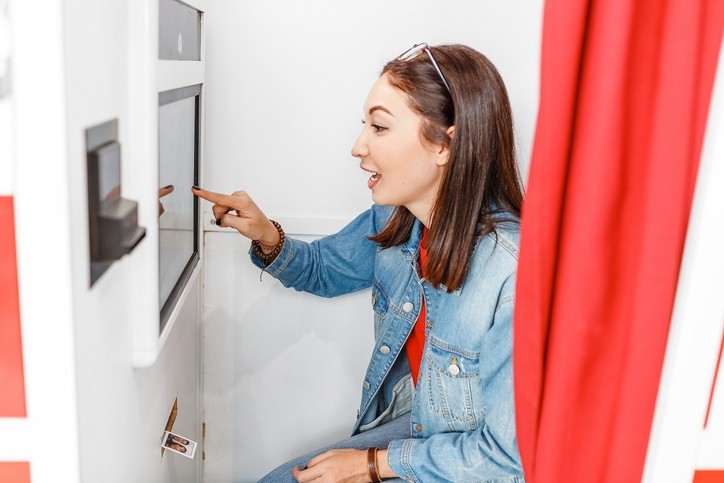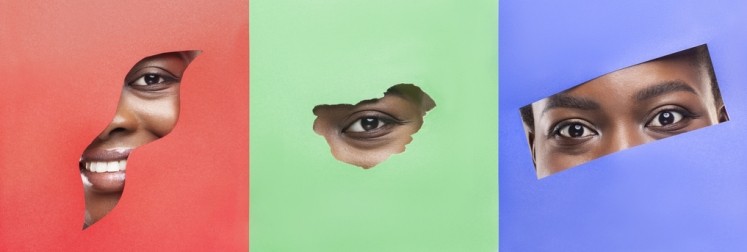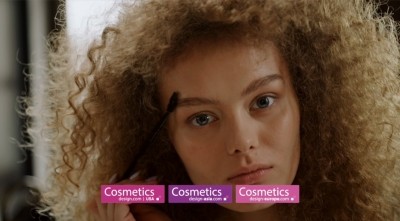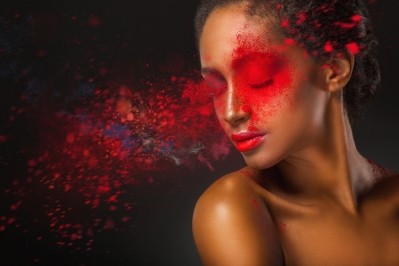DIY future? Consumers now ‘more hands on’ with personalised beauty, says consultant

Personalisation had long been on the beauty agenda, with many small and major brands sharpening offerings in recent months – L’Oréal, for example, launched its Perso device and Beiersdorf its O.W.N face care line – and there were many innovations on the horizon among global beauty brands in skin care, colour cosmetics and fragrance.
But 2020 – a year defined by the COVID-19 pandemic – had re-shaped what the future of personalised beauty might look like, accelerating certain consumer trends set to influence expectations, according to Hamish Renton, MD of UK FMCG consultancy firm HRA Global.
“I think people are getting more used to, effectively, the DIY approach of personalisation,” Renton told CosmeticsDesign-Europe.
Consumers had become used to taking photos, uploading details, and interacting with digital software that enabled them to personalise a beauty product, he said – very different to the traditional model of being a “passive recipient of someone else’s knowledge”.
“Consumers are getting more hands on; more involved with [personalisation],” he said.
A digital-physical blur – video booths or a ‘hybrid we have not yet envisaged’
And whilst most of this interaction to create personalised beauty offerings was happening digitally, and the most significant opportunity lied in direct-to-consumer (D2C) subscription models, Renton said there was also great scope for innovative, new concept store designs in the future that catered to this DIY trend.
“I doubt very much it will go back to that old model of personalisation where it is entirely expert-driven,” he said.
Many consumers would continue to expect a DIY personalised beauty approach without ever meeting anyone once the retail environment regained some normality post-COVID, he said, and how that might translate to store design was particularly interesting.
It might be that retail stores had digital or video booths where beauty consumers could upload photos, videos and other data in-store to create tailored products for collection, he said. Or there may even be “a hybrid which we have not yet envisaged” where human interaction could be integrated but “not necessarily face-to-face”, he said.
“Nobody has quite mapped it out yet,” Renton said.
Beauty to follow food – mass personalisation is on the horizon
But he said food was one area that beauty could take a closer look at to understand what the future might look like.
“In food, we’re getting to a point where the personalised diets are becoming a real thing. So, you’re just starting to see the mass adoption of continuous glucose monitors, for example.” These monitors, he said, enabled consumers to better understand how their bodies metabolised certain ingredients and therefore tailor diets accordingly – a concept beauty could certainly follow to some degree.
Renton said there was already a consumer focus on ingredients, allergens, and efficacy in beauty, though the category was a “good two to three years behind food” when it came to understanding hero ingredients and formulations. “In beauty, I think we’re just at the foothills of being wise to that.”
But, he said as beauty formulations continued to become more sophisticated, with use of functional and active ingredients in numerous products, consumer knowledge would build.
Ingredient stacking, for example, was already taking place in the beauty-from-within category – where consumers could stack ingredients according to needs; a certain amount of collagen with vitamin C depending on body type, for example.
“For me, it’s a broader topic – consumers are getting more involved with how things affect them and how they work, across health, food and beauty.”
Fierce competition to arise – and not just from beauty players…
One thing that was certain, Renton said, was that beauty manufacturers had to “take this seriously” and invest in personalisation because it was a space primed to become increasingly competitive – and competition wouldn’t necessarily come solely from other beauty players.
“The winners in this category may well be in the future tech companies who are able to find people to make cosmetics for them. It’s a bit like Amazon; it isn’t a retail, it’s a tech company with some big sheds (…) The competitors in personalised beauty are probably a couple of computer science students who find skin care interesting and have got a fantastic way of making it really simple.”
Renton said it was important to remember that personalisation didn’t necessarily require companies to make anything, they just had to understand the shopper.
“[The beauty industry] has been so used to being product-led but personalisation literally runs a bulldozer through all of that and says it’s about the back-end, the software not the hardware of the product. It’s potentially explosive.”








